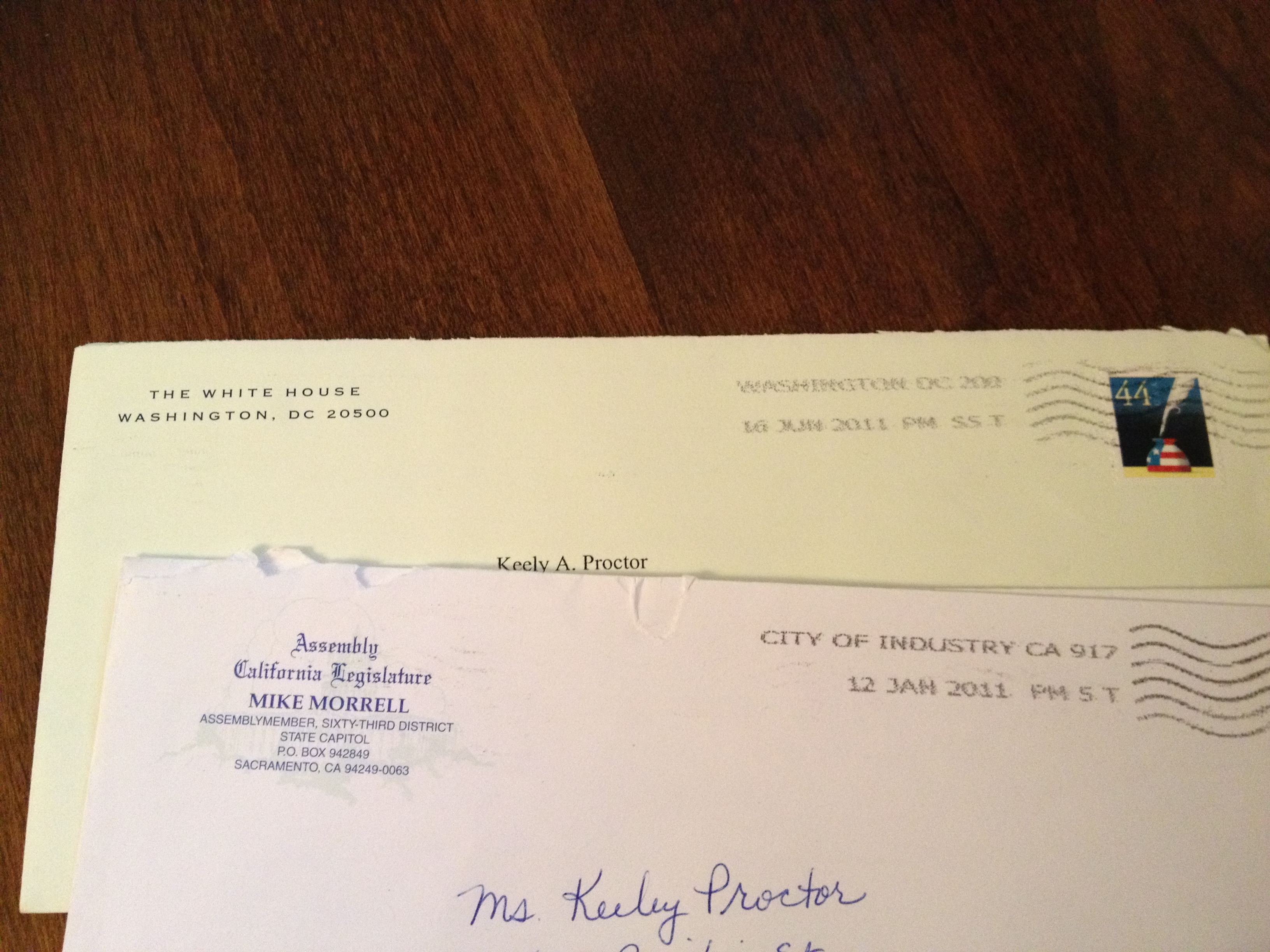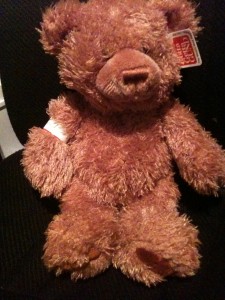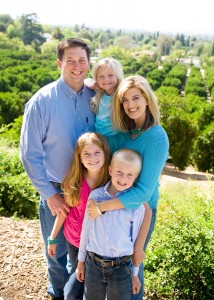Monthly Archives: June 2012
How Our Advocacy Began
January 3, 2011 Keely came to me stating she had to do something to prevent other children from being hurt on ski lifts- there must have been a story on the news of a recent fall. She wanted to share her story with politicians as to her, a third-grader, it was common sense to make the lifts safer for children. I remember this date only because that was the date our governor and local assemblyman were newly sworn in, and I doubted her letters would be read at such a busy time in a politician’s life.
I provided Keely with names and addresses of politicians she could write not thinking anything would come from it. Furthermore, we, as Keely’s parents, were nowhere near ready to deal with thinking about Keely’s accident again. In fact, we never ever wanted to think of those 6 weeks after the accident again… the time we almost lost our Keely.
But then the next week we received a handwritten response from new Assemblyman Mike Morrell. Keely asked, “Now what?” Five months later she received another response- this from President Barack Obama. Sure it was a form letter, but at least there was a response. These replies were the only two received to the many letters Keely mailed out.
And Keely’s question, “Now what?” sounded like a plea for help to this Mommy’s ears. Keely’s actions forced us to work through our memories, emotions and nightmares. Besides advocating for blood donor awareness another positive outcome from Keely’s fall might be possible: updating ski lift safety standards.
We coined our beginning ideas as “Keely’s Law.” We were so green… but that’s another blog entry.
Making a Difference!
One of the few contemplative times Keely had about her accident was right when she was released from the hospital. As she lay in her bed recuperating she looked at me and asked, “Why did this happen?” I tried to figure out what to say, but before I could respond she answered,” Perhaps it’s so I can save others.”
Since then we’ve been doing our best to help her do just that. LifeStream assisted greatly by featuring Keely’s story in a documentary. This gives Keely such happiness to educate others on the importance of blood donation. When I shared this with friend, Jody Boryski, this was her response:LifeStream.
How Keely started our quest to update ski lift standards is another blog entry… it all began with handwritten letters to politicians including President Barack Obama (as any third-grader would do, right?).
Support Loma Linda University Children’s Hospital
The other day Keely taped her radio spot to run during the KOLA 99.9FM Cares for Kids Campaign August 14, 2012. During this radiothon listeners are encouraged to donate any amount of money to support the purchase of needed items at Loma Linda University Children’s Hospital.
A similar KOLA radiothon allowed for the comfort of a KOLA bear to be given to Keely when she was in the medi-helicopter. This little bear means the world to us as it provided comfort when we were unable to be with her as she was rushed to the hospital after her ski lift accident.
I like to think that the funds donated for Keely’s KOLA Bear contributed in the saving of Keely’s life.
About Us
In 2010 our then eight year old daughter fell 32 feet off of a ski lift while sitting with an adult and another child. This fall resulted in a 21 day hospital stay including 10 in PICU on life-support. She had near fatal injuries to her right kidney and liver which resulted in the removal of her right kidney and approximately 30 units of blood product replacement.
Since the accident it has been our daughter’s desire and ours to advocate for a common sense safety option not currently available on many ski lifts. In February of 2012 we gained the support of the California Ski Industry Association (CSIA), the California Ski and Snowboard Safety Organization (CSSSO), and the SnowSport Safety Foundation to further this discussion. In April of 2012 we gained the support of the Loma Linda University Children’s Hospital.
As we advocate for updated ski lift safety standards we are asking resorts to increase their education of proper chair use as this information is typically passed down from parents to child or is peer taught. This includes sitting “back to back” (though difficult for the child on a bench sized for the adult femur), gripping the back of the chair or side and utilizing a safety restraint, if provided.



